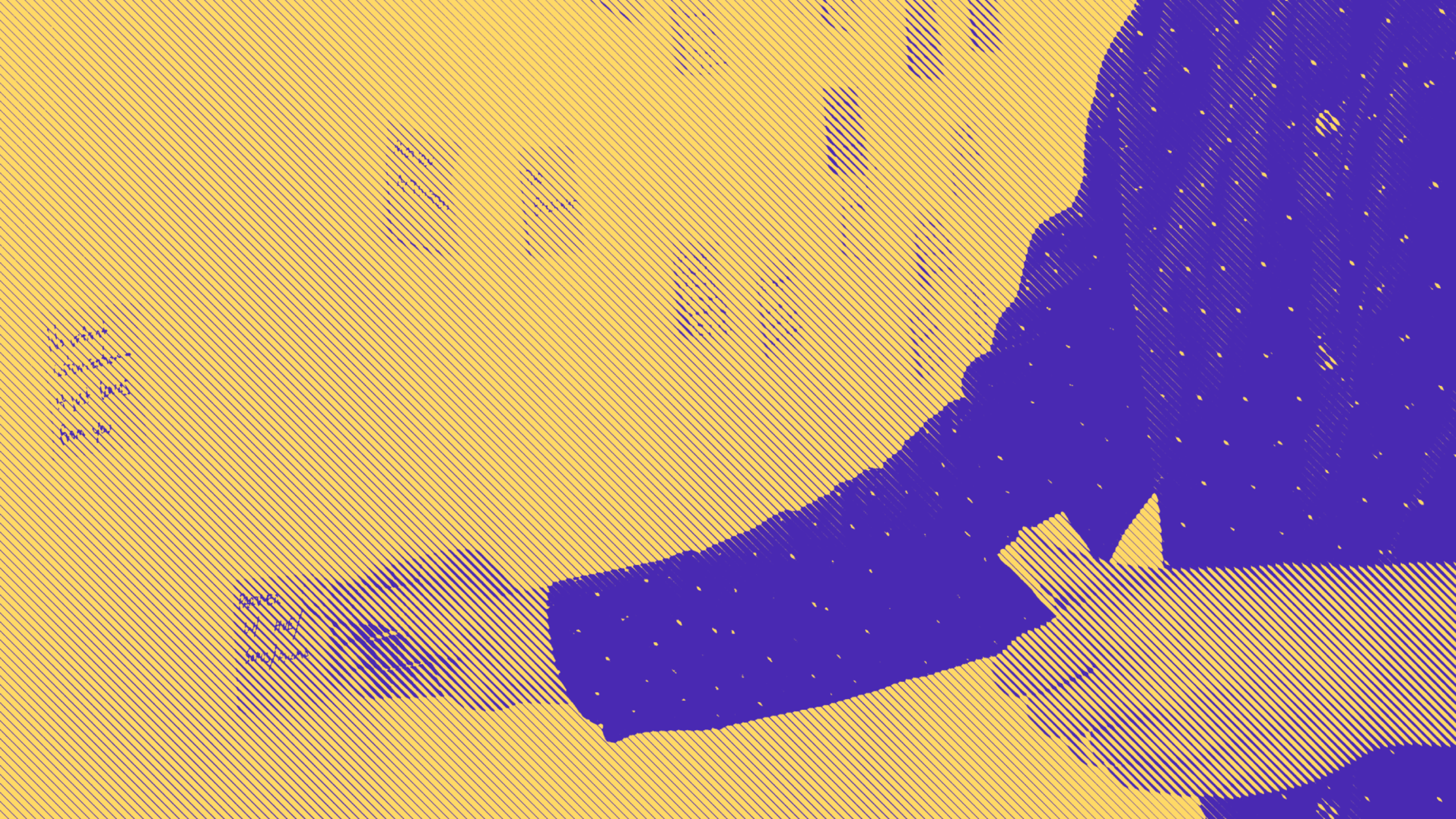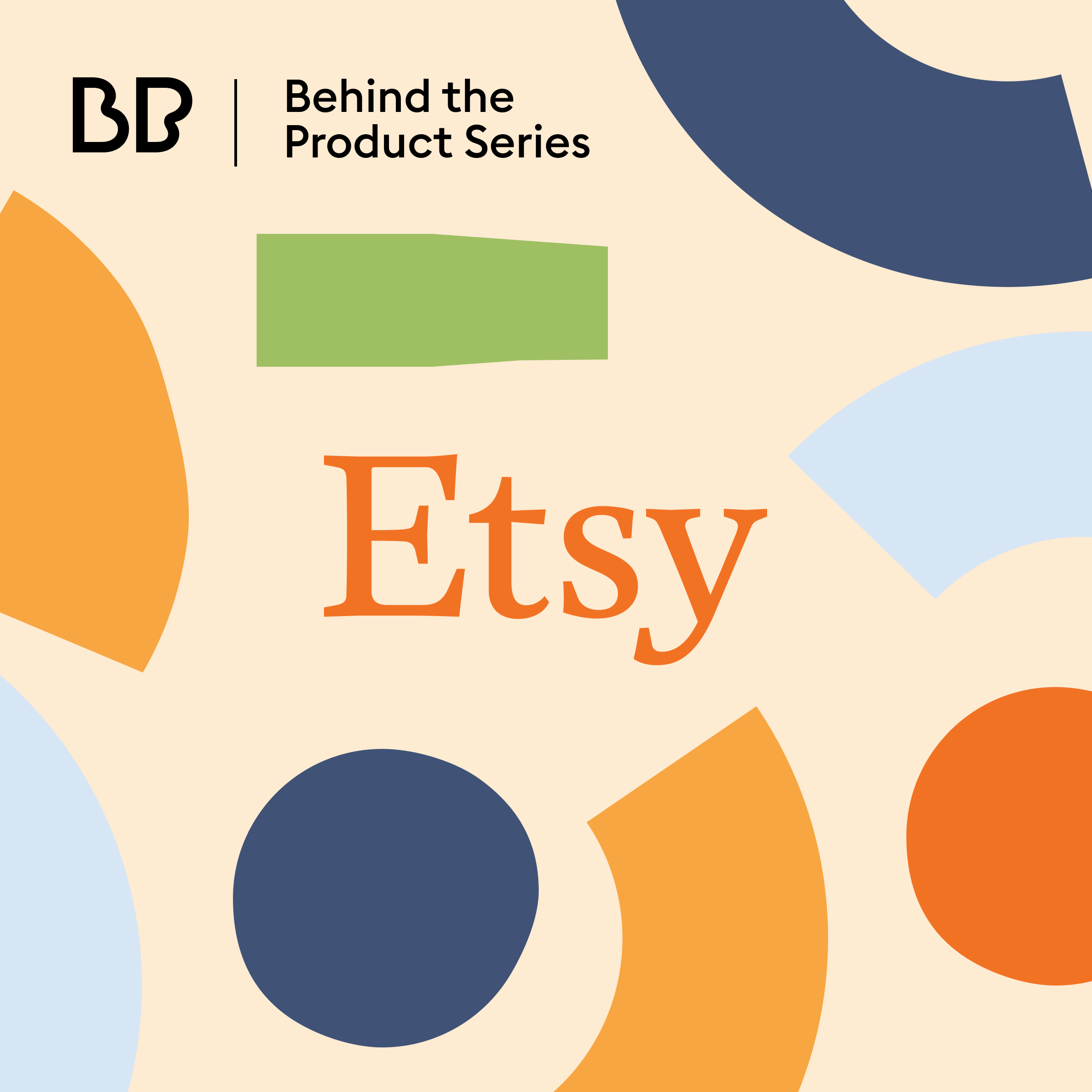Conversion is what keeps businesses alive, but to get there we have to back up to the customer outcomes and milestones that lead to conversion.
Heather Campbell joins us to share her perspective on the customer journey as a Product Manager at Etsy.
We discuss creativity in product management, how to create long-term buyers, and the steps that lead to conversion. And Heather shares Product Managers’ pivotal role in making this possible by fostering collaboration.
Takeaways:
- Expand your customers’ perceptions to create long-term buyers
- Cross-functional teams foster creativity in product management
- Focus on customer outcomes beyond conversion
Things to Listen For:
- [02:35] Dynamics at Etsy
- [04:00] How Etsy handles trending product categories
- [04:15] Designing the buyer experience
- [05:20] The two sides of Etsy: buyer and seller
- [05:55] The influx of demand on Etsy in 2020
- [07:00] Managing buyers’ and sellers’ expectations
- [07:50] Creating long-term buyers
- [09:00] Expanding buyers’ perceptions of Etsy
- [12:20] User research at Etsy
- [13:10] Anticipating buyers’ wants and needs
- [13:50] User metrics and the buyer’s journey
- [15:30] Setting benchmarks for your buyer’s journey beyond purchasing
- [17:40] Putting yourself in the buyer’s shoes: the steps that lead to conversion
- [18:45] Creative problem-solving in product management
- [20:45] Facilitating collaboration as a product manager
- [22:00] Conversion is the true test of your product
- [23:00] Balancing experience and conversion

